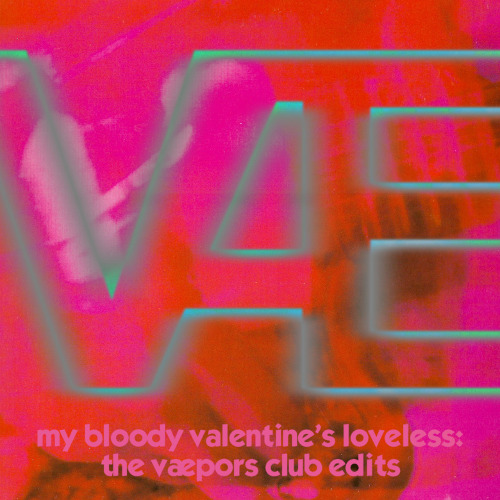
Growing up in the 90s, My Bloody Valentine's "Loveless" was one of the first mindblowing records that I ever heard (thanks to a friend's cool older brother). Unlike many other records of the time, it stayed with me through the years.
The application of new technology in the recording process usually makes a record sound dated, but in this case, the listeners got lucky. Kevin Shields and the many audio engineers who worked on Loveless used a combination of Alesis and Yamaha reverb algorithms, E-mu samplers, digital variable-speed pitch control, and analog tape effects to create a guitar pop record that sounded alluringly alien. It didn't sound like anything else at the time, and it left everybody wondering how exactly they did it.
To me, growing up where I did, this record's simple melodies and experimental textures simultaneously communicated proximity and distance, longing and solitude. This was a familiar combination of feelings for a city boy thrust into the country. For someone who felt out of place, it was a life-changing realization—here was an album which was undeniably out of place, and yet, if it had been changed to fit in, it wouldn't be as beautiful.
That said, this was not an easy record to listen to. Far from it. That was part of the deal. It forced you to accept its beauty on its own terms.
As soon as I got into audio production and mastering, I experimented with the sound of this record, partially to understand what was going on with its various textures, and partially to make versions for myself that would sound better on whatever listening system I had going at the time.
If you've spent any time living with Loveless, you know that it has a hard time translating to most environments. The guitars are ready to eat you alive, but the low end is frustratingly nonexistent, especially for a band whose live experience always had so much low end rumble. That's just how this record needed to sound in order to get its point across. The band were right not to fuck with the formula for the 2012 remasters, and I applaud them.
But in 2014, you might want to put an MBV song on your mixtape or drop one on an unsuspecting dance floor. And before now, it was not easy to do that.
Kevin Shields was strongly influenced by dance music around this time, which you can hear by listening closely to the buried rhythms that support each song. With these edits, I have tried to emphasize the original rhythms without forcing new genres on top of them, although in a couple of different places (especially on the house version of "What You Want" and the garage version of "Sometimes") I allowed myself to veer a bit further from the original vibe.
These are edits, not remixes. If you're waiting for the drop, you might be disappointed. But I love this record far too much to change its essential nature. The guitars are still dominant, underpinned with some appropriate low-end energy. I added the minimum number of new elements that I needed to convincingly make my point.
Please enjoy this. It was made with a lot of love and respect, over a large chunk of my life. Maybe it will help someone see these songs in a new light, or introduce this music to a few new people, or make someone's night at a club more enjoyable in an unexpected way. I'd like that.
This record was mastered using the EBU R128 loudness measurement standard. Out of respect for the original recording, this record is about as loud as Loveless and it wasn't "made louder" (peak-limited) in the mastering process.
Because of this, it also has better sound quality than the average record released nowadays, and it should sound great in the club. On the PA that I have here in the studio, it's quite lively.
Each track is warped as closely as possible to the tempo grid without losing the original feel. Some tracks on Loveless could not be convincingly warped, so I substituted a couple of my favorite tracks from the Glider and Tremolo EPs.
You should not have a problem putting these into your DJ software and mixing them into a set. The beginning of each song does not always start at the 1 beat (there are often tiny snippets of music before the first beat) so make sure the 1 is lined up in your software before you try to controller-beatmatch. (If you use vinyl or CDJ control, it should be straightforward.) The BPM for each track is listed above, and it's also in the MP3 tags.
The MP3s provided here were encoded with the most recent LAME in the highest quality variable bitrate. FLAC was not provided, so if you find a lossless version on the internet, it's fake.
Copyright ©2014 Væpors. All rights reserved.